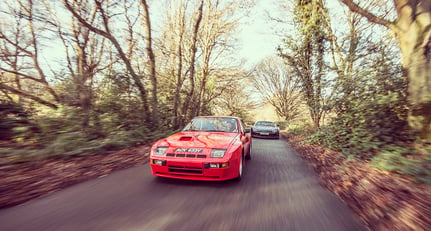When the Porsche 924 arrived in 1976, it hardly sparked enthusiasm with the marque’s faithful. Perhaps the VW-derived four-cylinder engine could have been forgiven, were it not water-cooled and at the ‘wrong’ end of the car. But in the closing days of 1979, Porsche’s racing manager made the announcement that a trio of 924 Carrera GTPs would line up on the grid at the 1980 Le Mans race. Preparation for the following year’s entry into the GT class necessitated a run of 400 homologation specials; all of a sudden, the enthusiasts took notice.
Evo of the Eighties
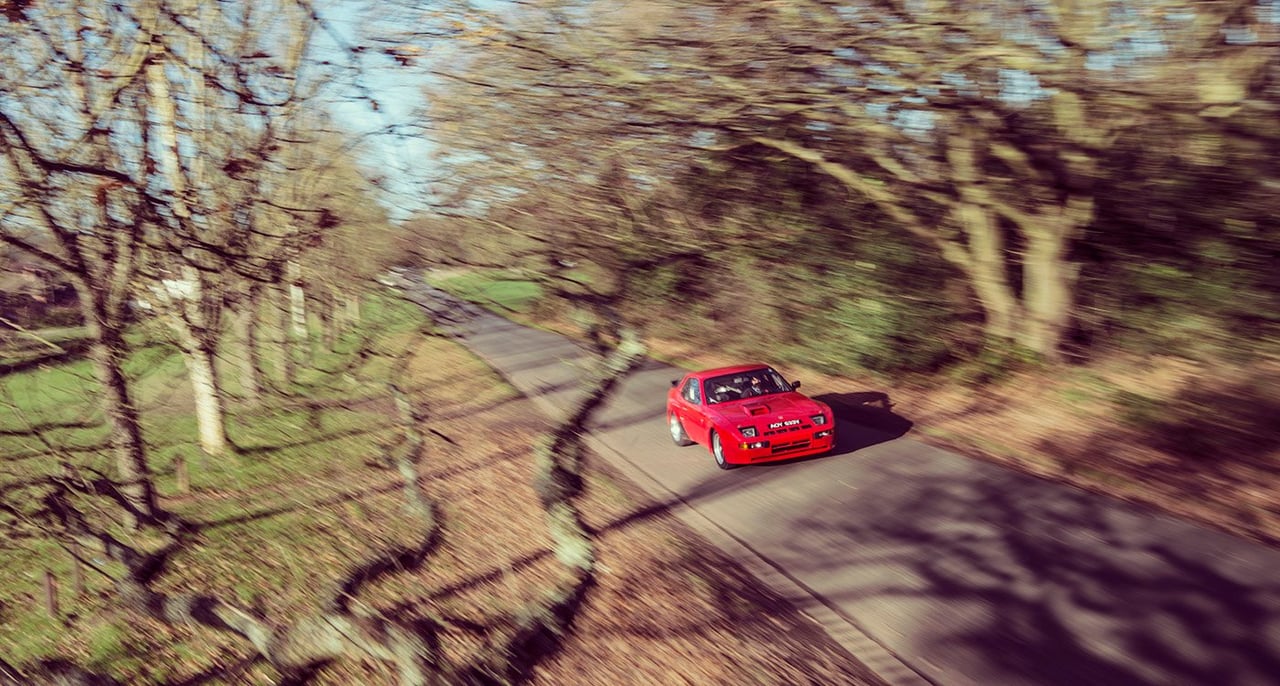
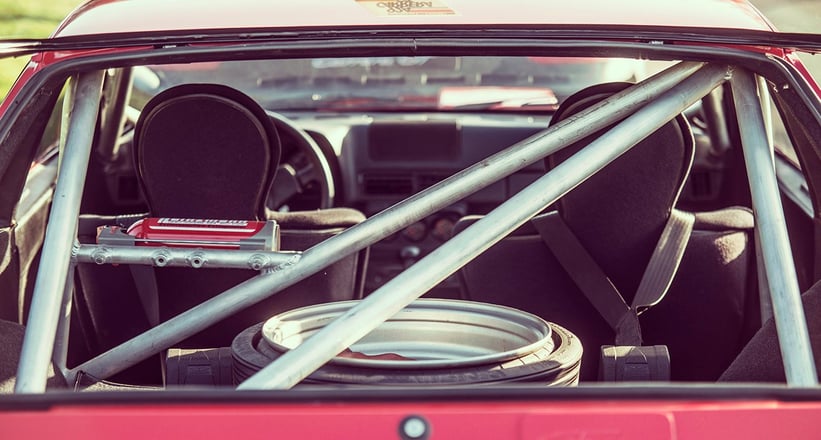
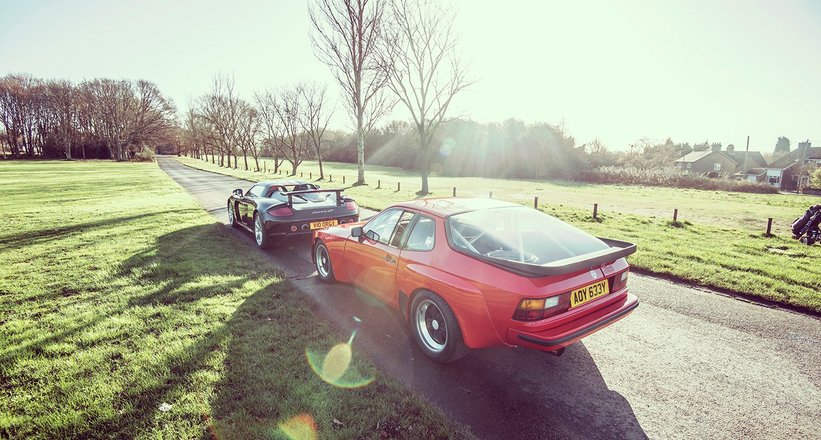
With 210bhp and the wide-arched stance to match, the 924 Carrera GT had been transformed into a true driver’s machine, a recipe honed further in the evo-style GTS and Clubsport models that were to follow once the homologation quota had been fulfilled. Just 15 Clubsports were produced (including the car pictured); these notched the focus-meter up to 11 by boosting power to 270bhp, shedding weight, and including a factory-fitted rollcage. Even the headlamp covers were made of Perspex.
Much like its namesake, the Carrera GT also had roots in endurance racing: it was conceived as a Le Mans Prototype project, apparent as soon as you open the vault-like door and drop deep down in the carbon tub. However, there’s no homologation hangover here; it boasts the build quality you would expect from a Porsche, and once you twist the ignition (yes, it has a proper key), there’s no harsh noise transfer into the cabin. With the removable roof snugly in place, you’re sheltered from the torturous howl of the naturally aspirated V10 – unlike anyone within a five-mile radius.
Experts only
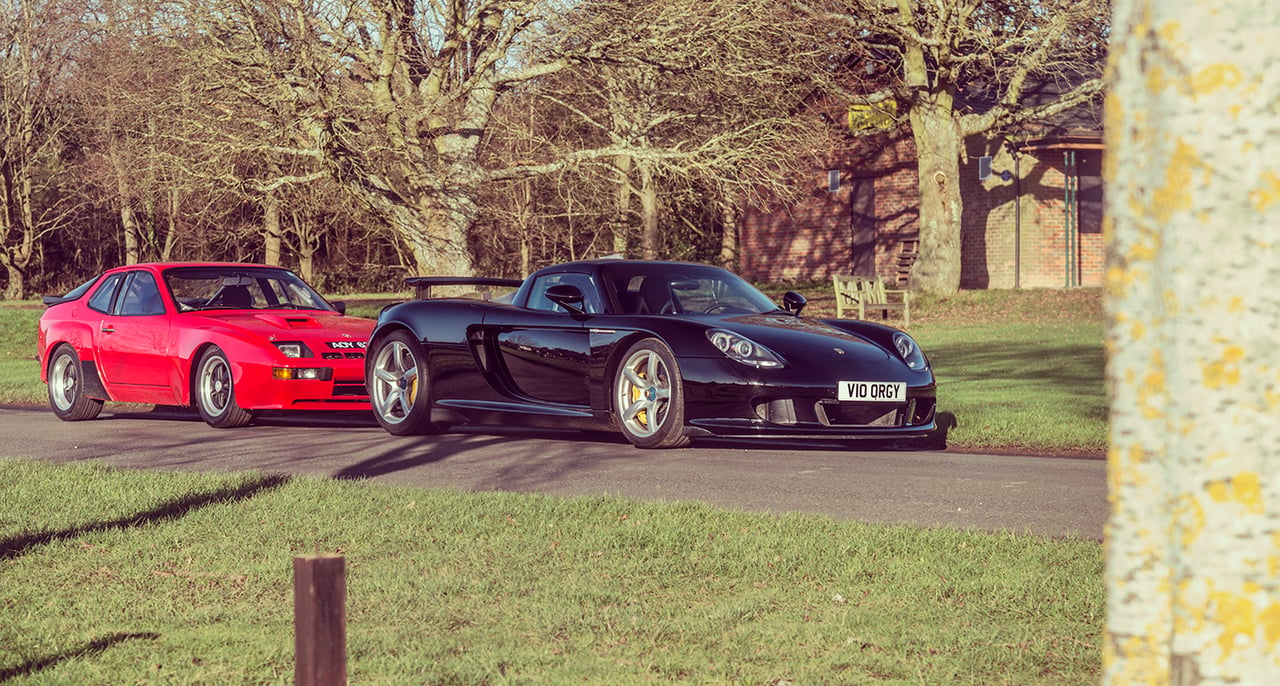
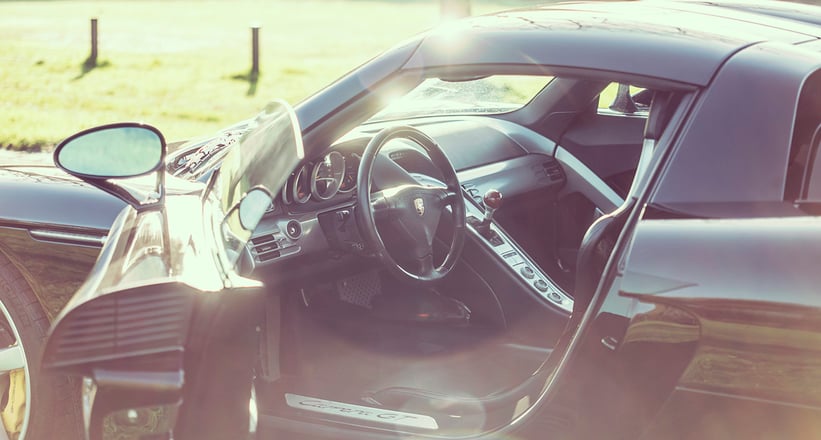
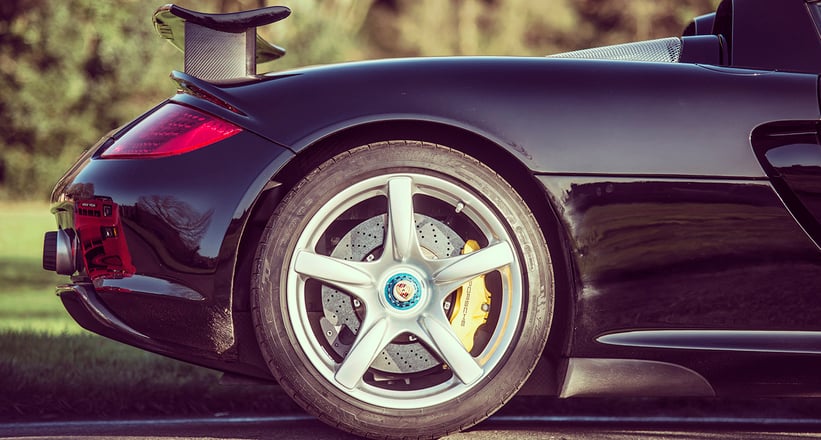
In keeping with its competition background, the gear lever is as close to the driver’s right hand as possible. But more importantly, it’s a conventional six-speed manual – a step on from the 924’s dogleg five-speed, but thankfully a few short of the now-dated paddleshift ’boxes of the noughties. Despite the logical and familiar layout, though, the CGT is famous for catching out the inexperienced driver with its lightning fast controls and tendency to oversteer.
On paper, this pair appears to share little other than a name. But that name has always alluded to the dynamic focus demanded by the most experienced drivers. Today, this – combined with their rarity and Le Mans pedigree – mean they are becoming more desirable to the Porsche collector by the day. Specialists such as DK Engineering have reported a substantial increase in interest in the noughties supercar in the last few months alone; perhaps both CGTs will soon follow their 2.7 RS cousin into the stratosphere.
Photos: © GF Williams for Classic Driver
